Five
A LIFE OF LEISURE
As seen in previous chapters, life in Accomack County revolves around the land and the sea. Residents have farmed the land, built towns and schools, worshipped at their churches, welcomed visitors to the county, and have worked the water. They have weathered storms and other challenges, and now come to another aspect of Accomack County that most local folks are already aware of. People in Accomack enjoy a good time. Early newspaper accounts are filled with stories showing how people enjoyed each other’s company. Perhaps it comes from living in a rural area, where people in small towns know each other, often are related, and are supremely capable of entertaining one another. An 1890 edition of the Peninsula Enterprise might have news of the railroad, the latest on the development of new towns, or the election of a new delegate to the Virginia General Assembly. But the news also would have accounts of church socials, picnics on Cedar Island, of families entertaining friends, baseball games, parades, concerts, plays, camp meetings, fashion shows, horse races, and regattas. It is clear that a century ago people worked hard, but they enjoyed their leisure time. Before the railroad and automobile, life tended to center on the family, the church, and the community. People did not go to Salisbury to shop or go to the movies. They visited more. The Kellams called at the Lankfords on Sunday after church. An ice cream social was held at the town hall. Dr. Prescott, principal of the school, delivered an oration on Saturday evening. The Pungoteague nine downed the team from Bobtown on Saturday. And so it goes.
Locals lived and worked on the land and water, but these were their playgrounds as well. They gathered on weekends at Weir Point on Onancock Creek, at Guard Shore, or on Cedar Island. Hundreds would come to watch the boat races held by the Accomack Club. And they celebrated their agricultural heritage with parades and fairs, at Keller and at Tasley, whites and blacks celebrating separately but celebrating nonetheless.
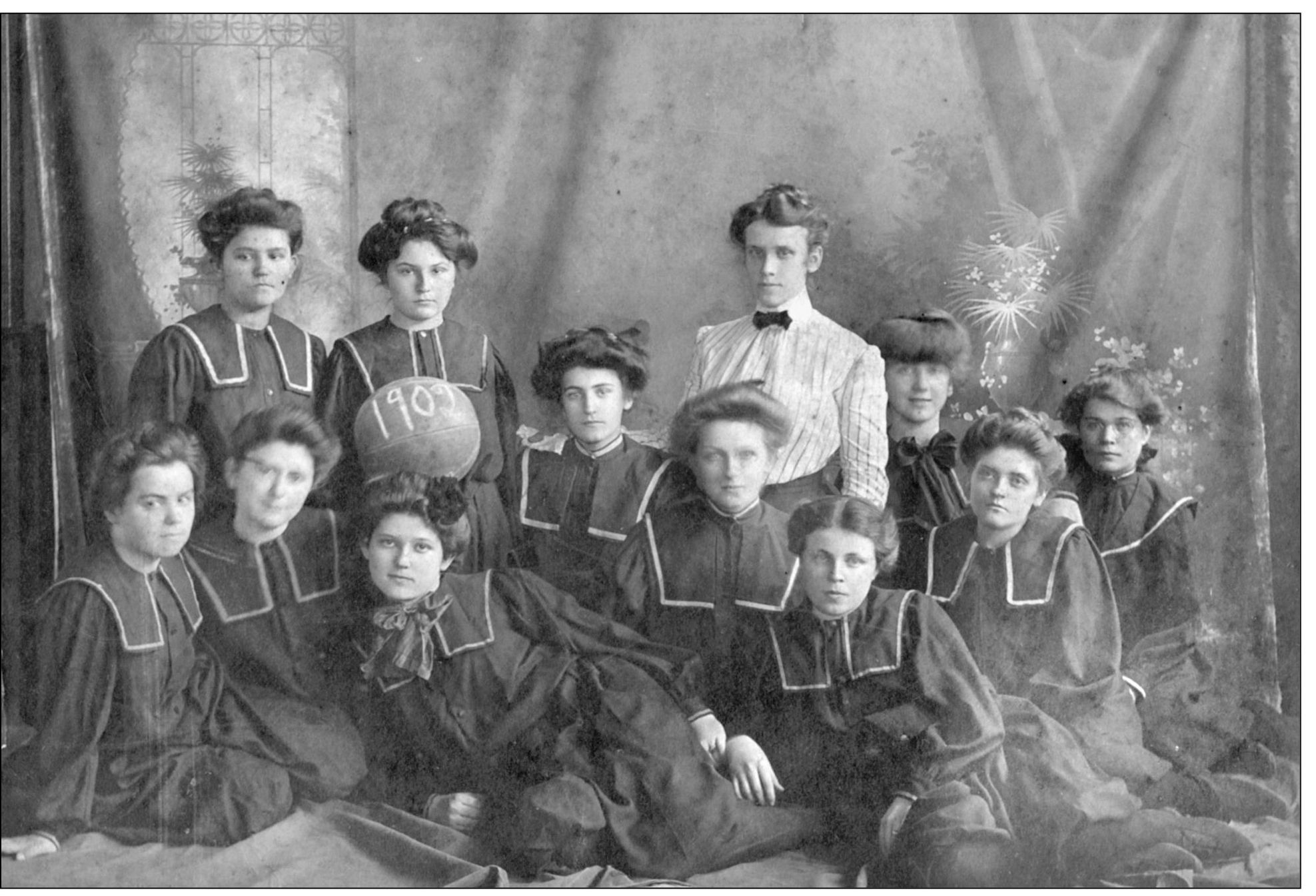
The 1902 basketball team at the Blackstone Female Institute in Blackstone, Virginia, had an Accomack County connection. One of the players was Loleta Boggs of Mappsburg, on the first row, second from left. Loleta married Vernon Burton in 1910, and they settled in Onley in a house built in 1906 by Dr. John Kellam. Their daughter, Helen Vincent, was born in the house in 1920 and still lives there with her husband, Lacy. (Courtesy of Helen Vincent.)
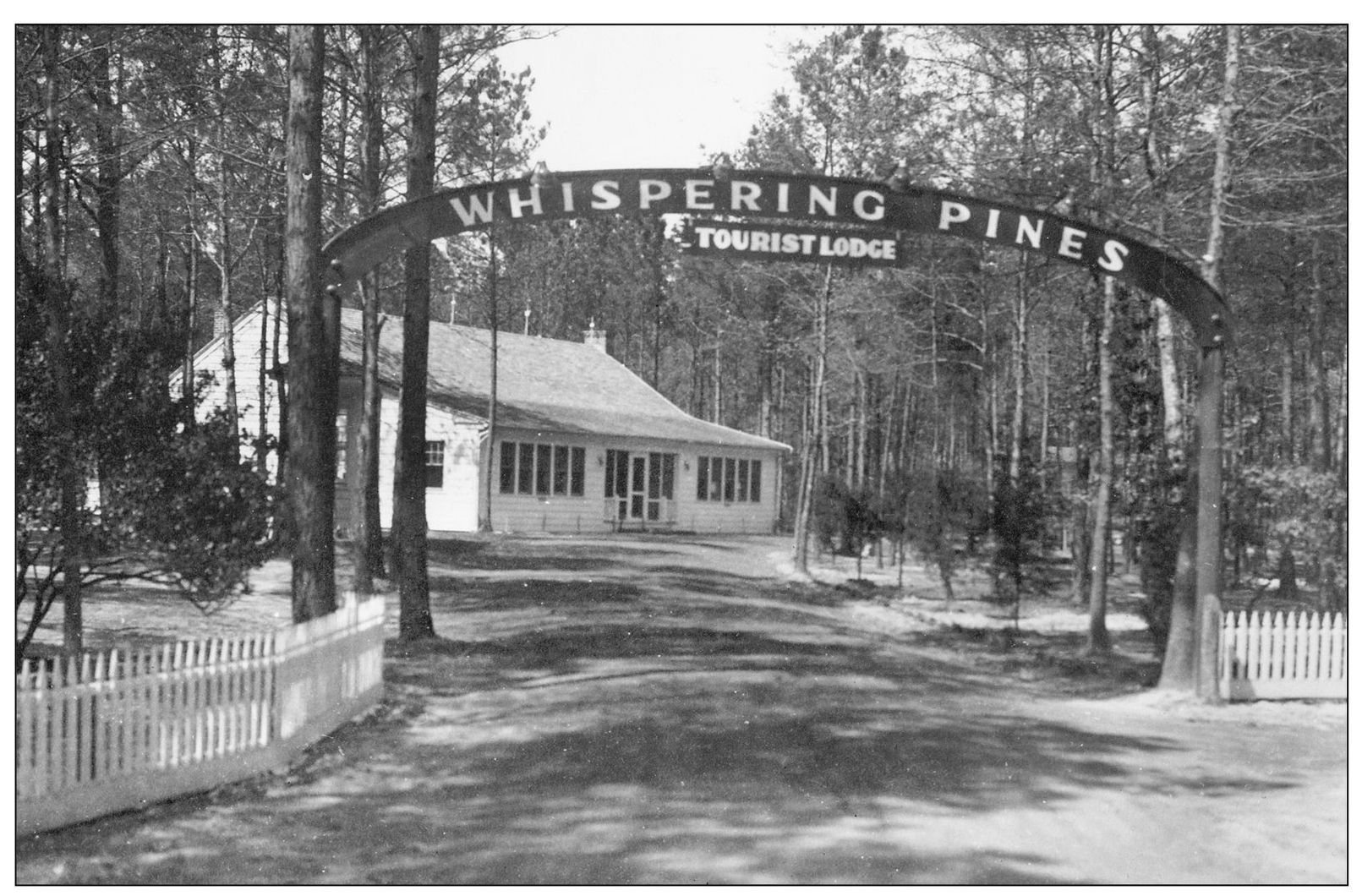
What is known today as U.S. Route 13 was a dirt road until the 1920s, when the State Highway Commission began paving it. The “Stone Road” opened with great fanfare in 1931, and with it came facilities for the expected wave of tourists. Charles F. Russell built this dining room and 12 tourist cabins that year near Accomac. He held a contest to name the new business, and Whispering Pines was chosen. (Courtesy of Charlie Russell.)
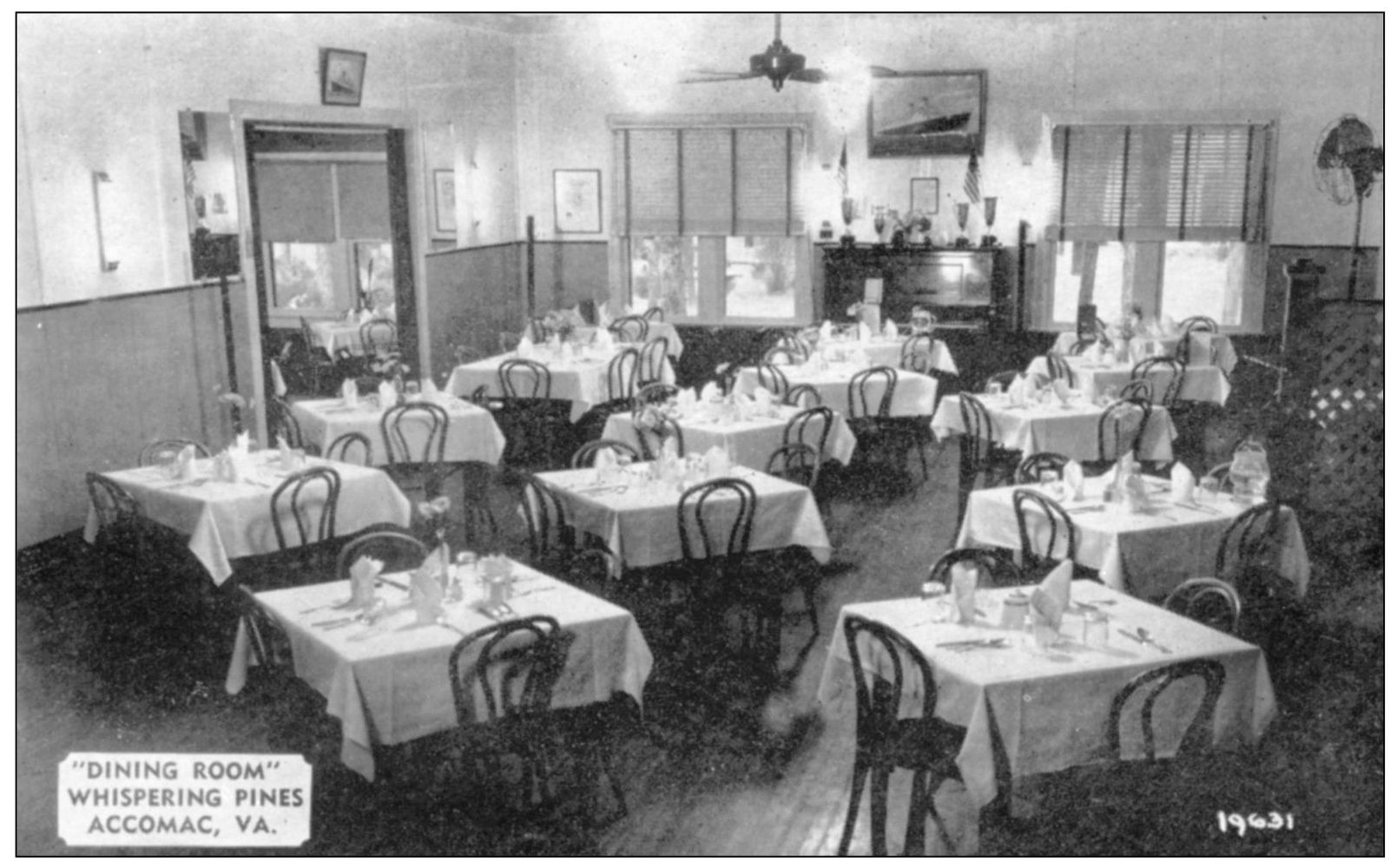
Whispering Pines was a favorite stop for travelers for many years, and local residents often enjoyed dinners in the formal dining room shown here or the attached snack bar. Fried oysters, country ham, and homemade chicken salad were favorites. (Courtesy of Charlie Russell.)
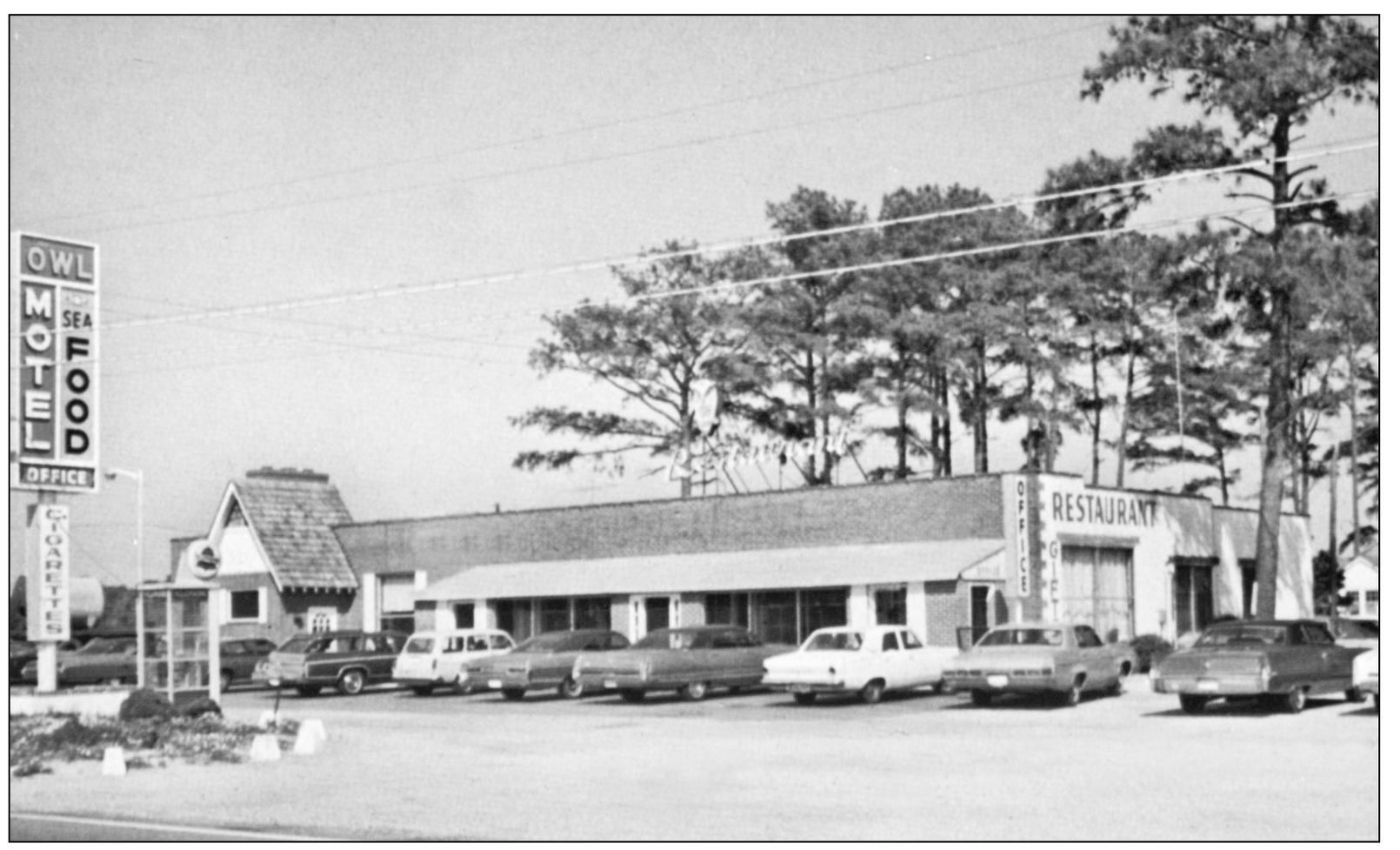
Another popular motel and restaurant was the Owl, on the east side of Route 13 several miles north of Accomac. Originally, the Owl had cottages and apartments, but a motel with attached rooms was later added, as was a large meeting room. The restaurant was noted for its seafood, but most local residents recall the homemade desserts, especially the chocolate pie. (Courtesy of John Roache.)
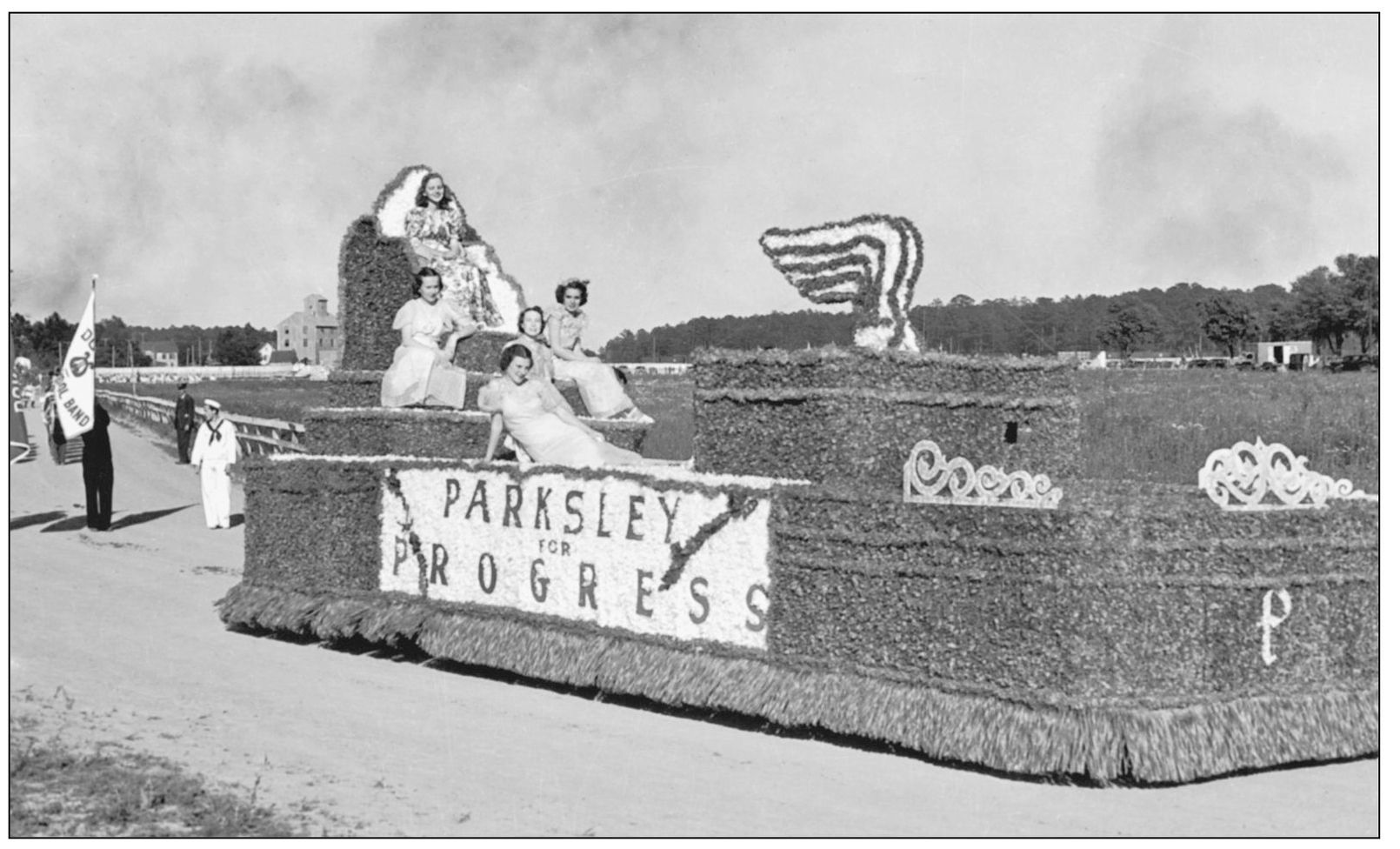
The biggest celebration of the late 1930s was the Potato Blossom Festival, which was held at either the American Legion grounds in Tasley or at the Keller Fair. The festival promoted Eastern Shore agriculture, with emphasis on the potato. Bands came from all over Delmarva, as well as from Norfolk, and entertainment included horse racing, boxing, beauty contests, and music. (Courtesy of authors’ collection.)
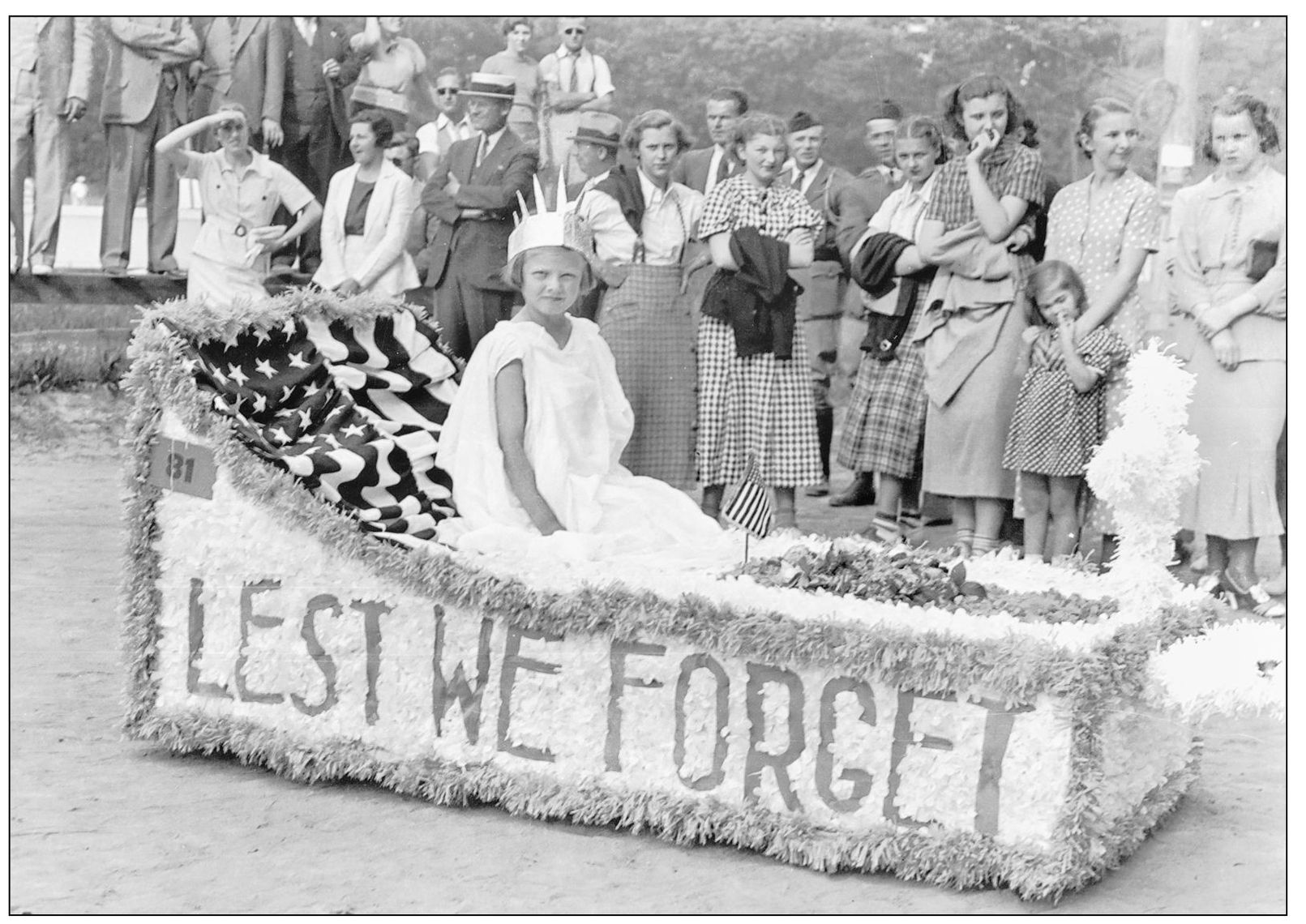
The Potato Blossom Festival featured elaborate floats, and contractors were brought in to supervise the design and construction. This float from the 1937 festival is a memorial to Americans who died in wars. The festival included the crowning of a Potato Blossom Queen, who in 1937 was Mary Rose Fisher of Accomac. (Courtesy of authors’ collection.)
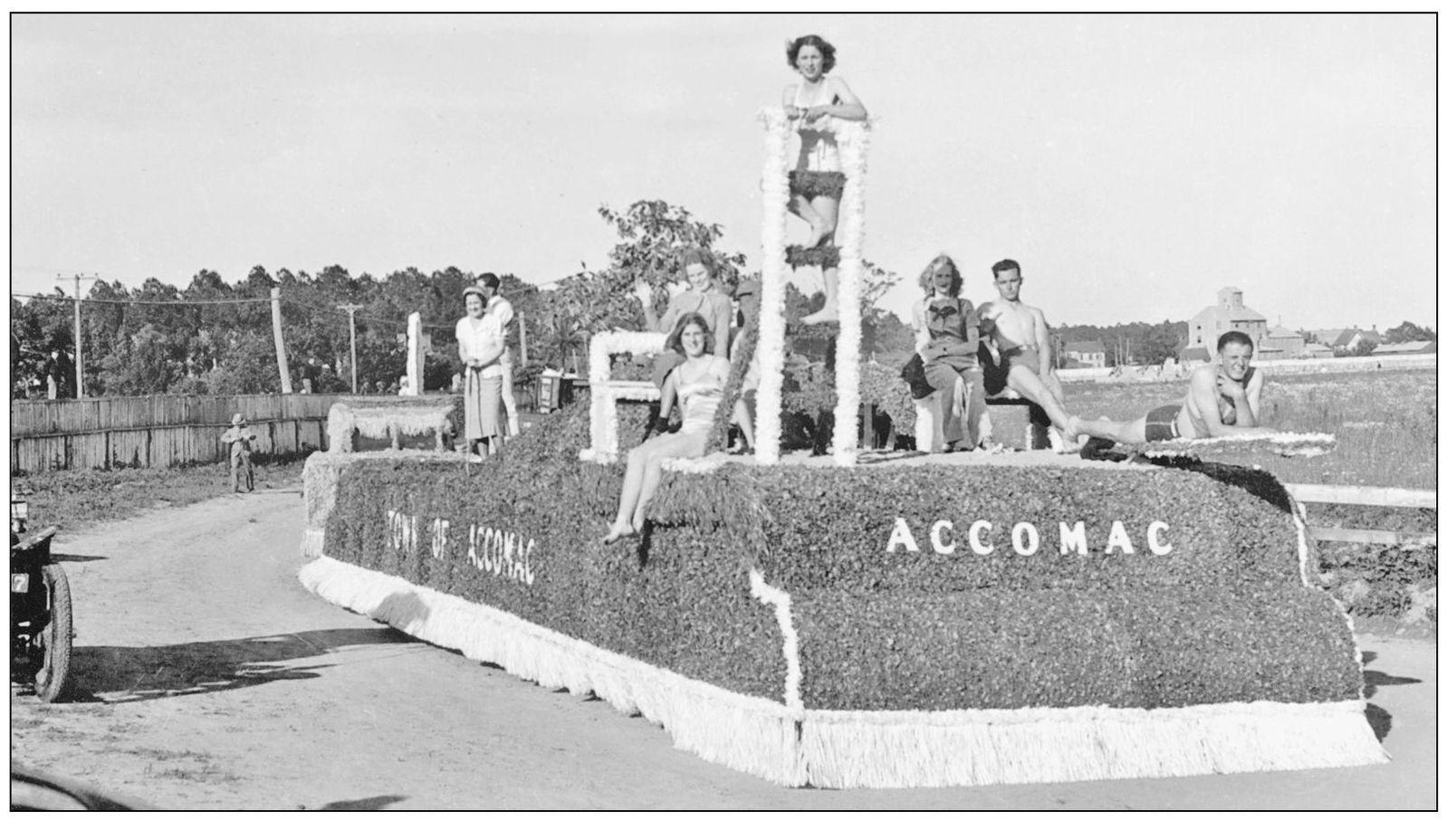
This is the float for the town of Accomac in the 1937 Potato Blossom parade. The float depicts the Accawmacke Country Club, which was on Folly Creek just north of town. The club had a golf course, a clubhouse for members and guests, a boat dock, and bathing facilities. (Courtesy of authors’ collection.)
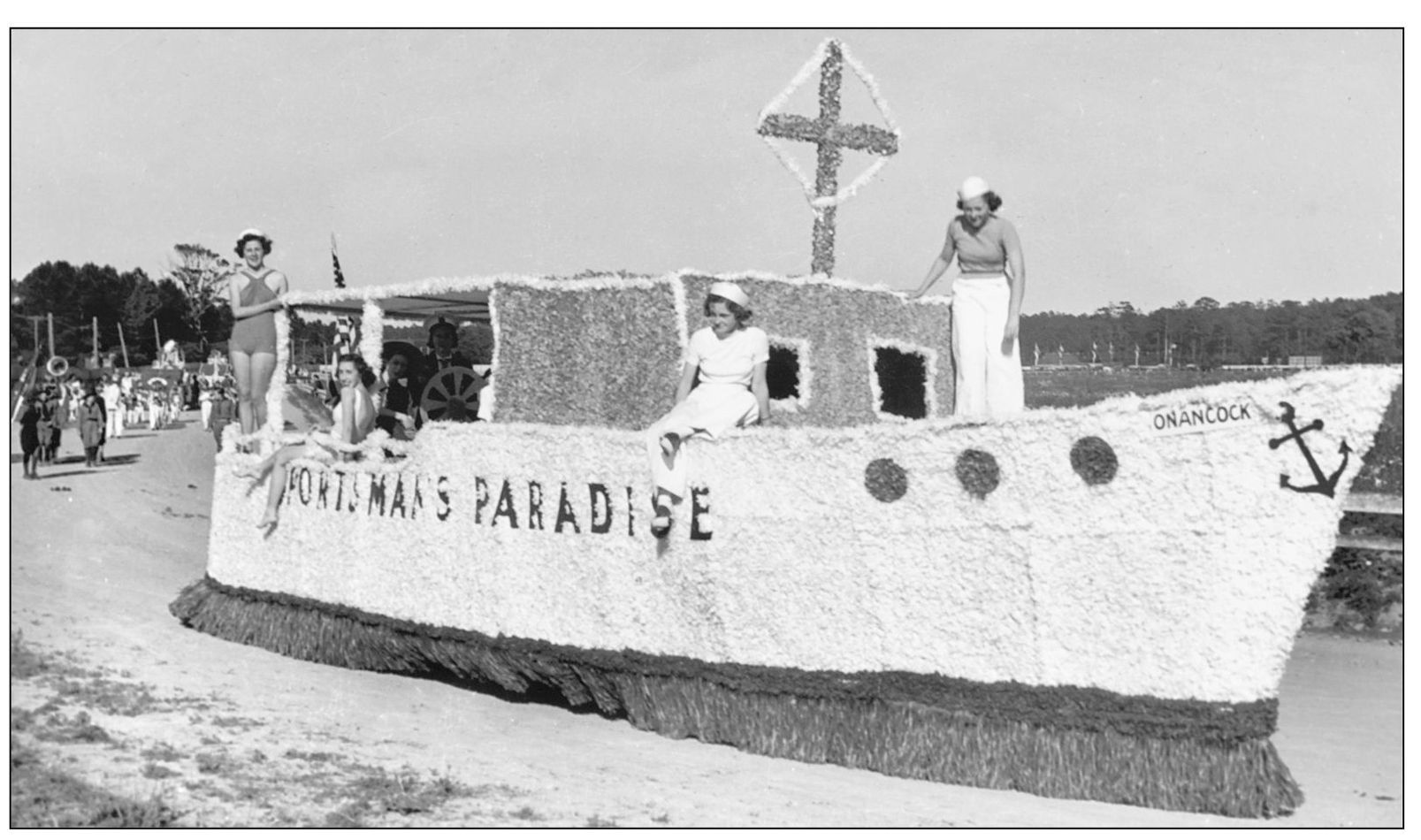
The Onancock float in the Potato Blossom Festival emphasized the town’s tie with the Chesapeake Bay and its popularity among sportsfishermen. The town had a great number of visitors during the festival and hosted musical events and other activities. The parade was held at the American Legion grounds near Tasley. The old Peninsula Milling Company can be seen in the background in several of the photographs. (Courtesy of authors’ collection.)
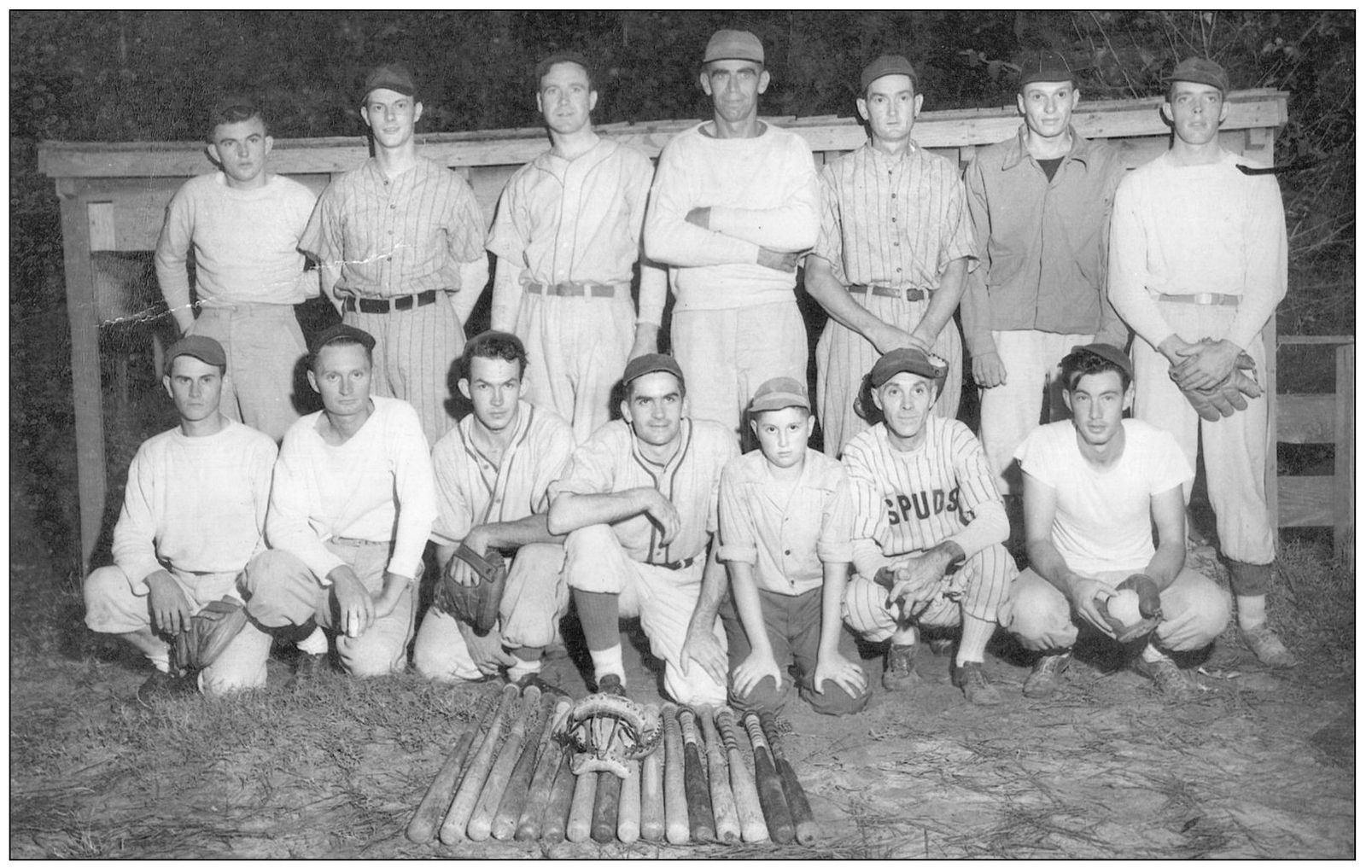
Baseball has always been popular in Accomack, and this is the championship team from Parksley. In keeping with the potato theme, the team was called the Parksley Spuds. From left to right are (first row) Charles Bundick, Harry Gillespie, Paul Lewis, Graham Nock, Ormon Bloxom, Shellie Parks, and Ralph Parks; (second row) Prentice Crockett, Cliff Byrd, Tommy Phillips, Boots Bundick, Dick Boyce, Cliff Somers, and Bobby Northam. (Courtesy of Carl Thornton.)
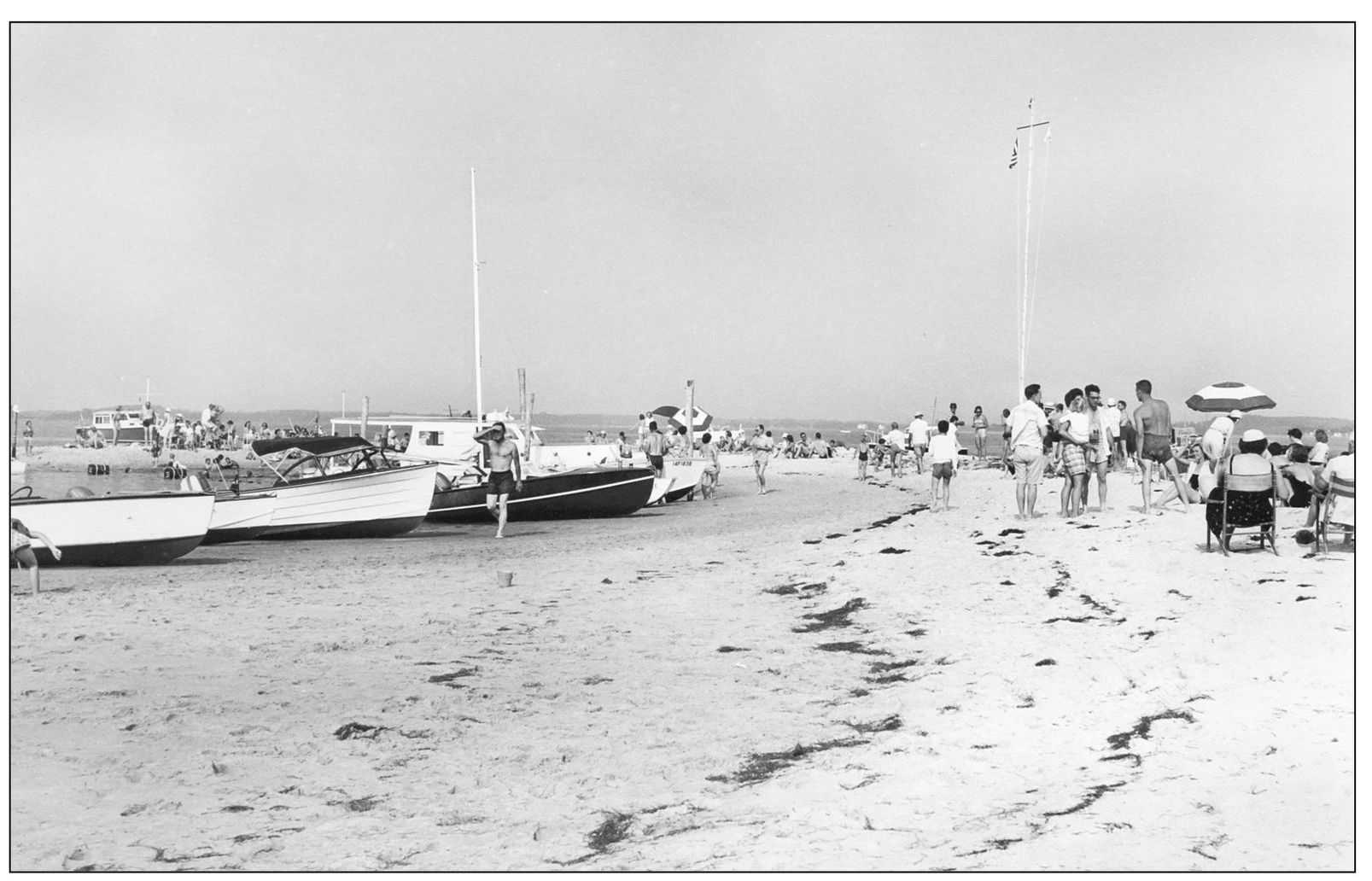
Weir Point is on the north bank of Onancock Creek where the creek empties into the bay. For years, it has been a favorite gathering place for local families, who bring out their boats, have a picnic on the beach, and enjoy swimming in the shallow water. The occasion here was a Rotary Club picnic in the 1950s. (Robertson Collection, courtesy of ESVHS.)
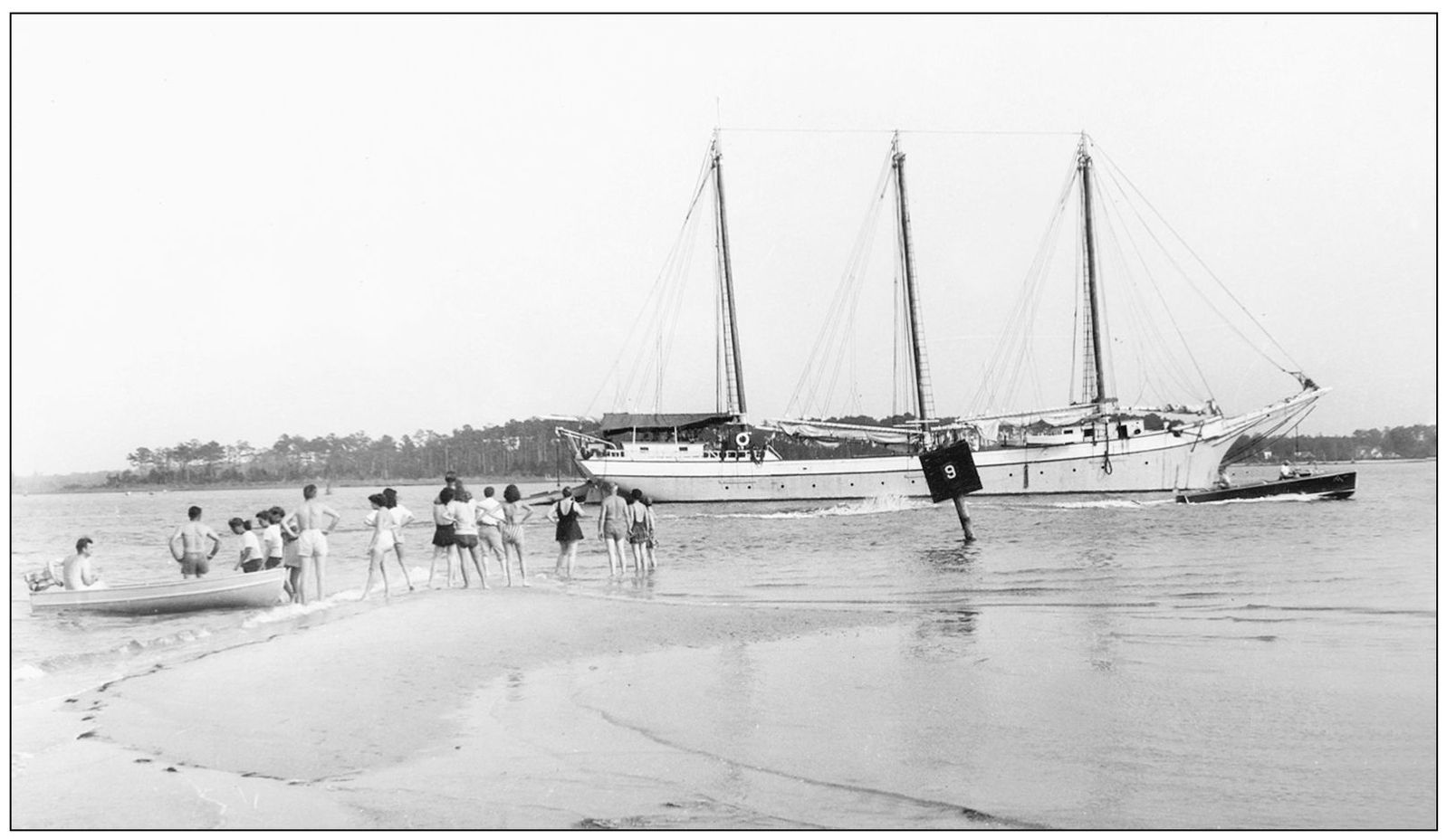
An unusual site around 1950 at Weir Point was the Edwin and Maude, one of the last three-masted “rams” on the bay. Rams were flat-bottomed cargo vessels, most of which were built on the upper Nanticoke River and were designed to carry goods through the Chesapeake and Delaware Canal. The Edwin and Maude was converted to a tour boat, moved to Rockland, Maine, and renamed the Victory Chimes. She was given National Historic Landmark status in 1997. (Robertson Collection, courtesy of ESVHS.)
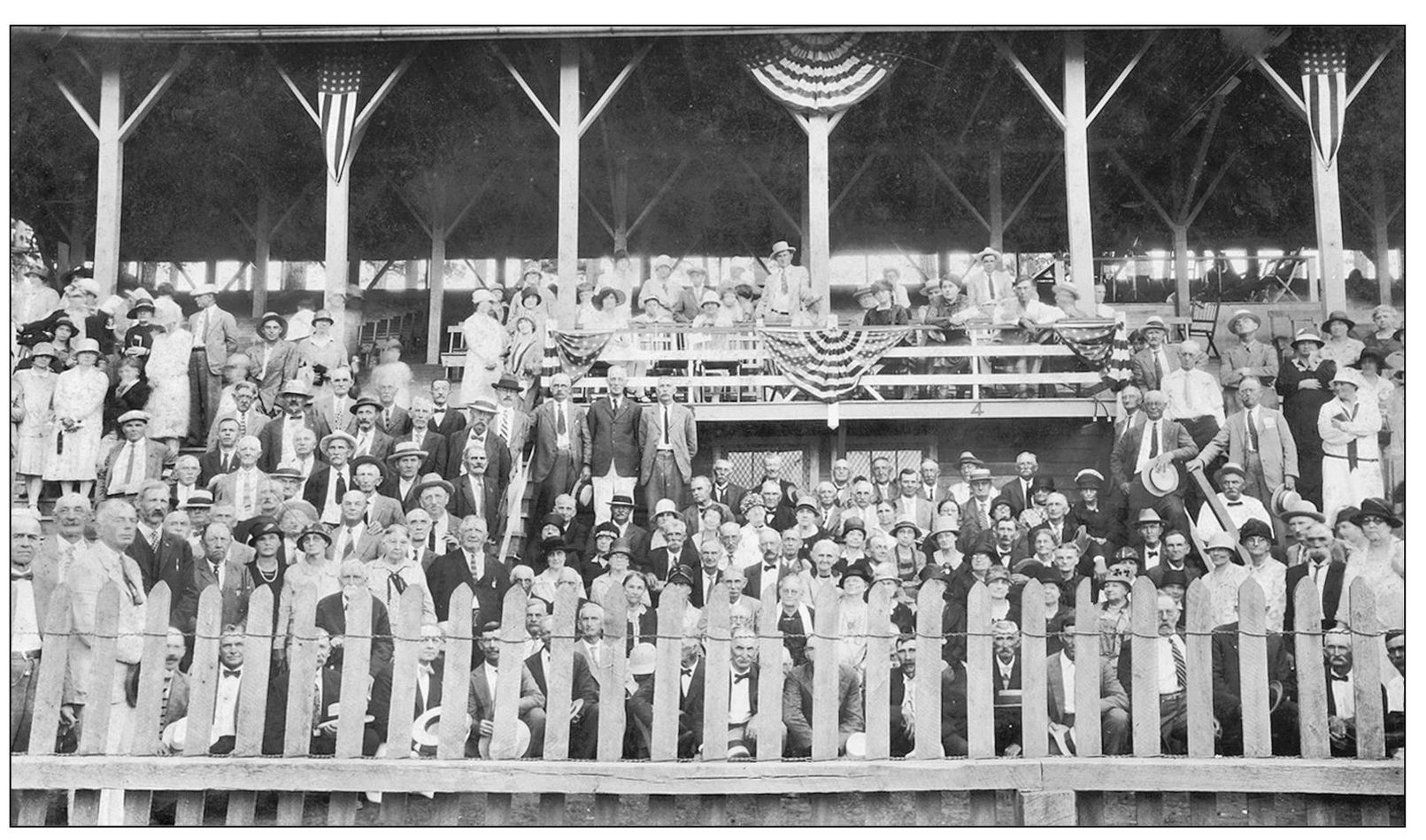
Accomack County has had numerous fairs, none of which lasted so long and was so well known as the Keller Agricultural Fair. The fair, which ran for a week in late summer, began in 1878, three years after the Eastern Shore Grange Society was formed. The fair featured agricultural products, livestock exhibits, horse races, and a wide variety of entertainment. The crowd here was watching a harness race. The fair lasted until the early 1950s. (Robertson Collection, courtesy of ESVHS.)
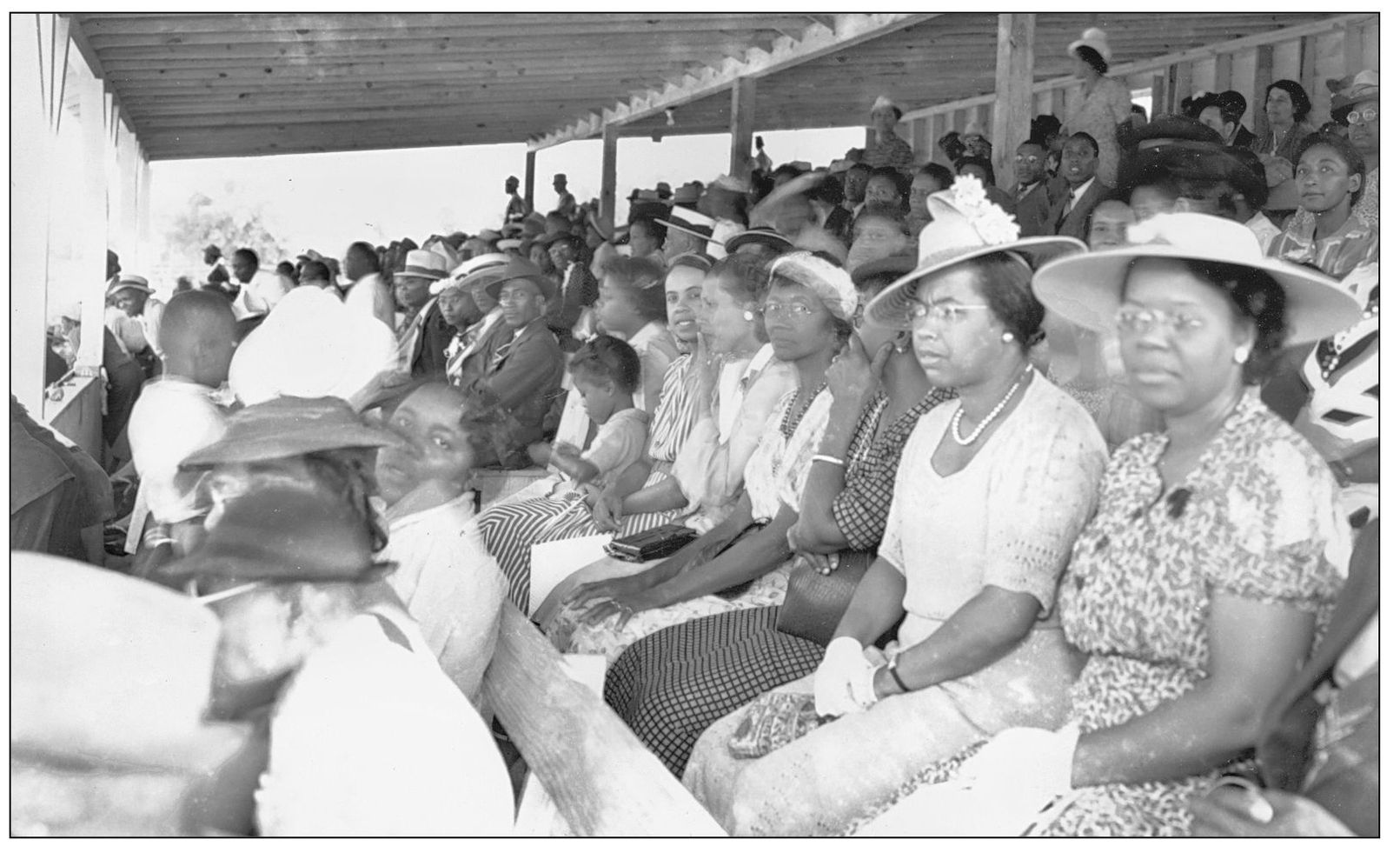
African American residents of Accomack had their fair at Tasley. The fairground was on the north side of Virginia Route 178, across from the American Legion grounds where the Potato Blossom Festival was held. The fair was known around the East Coast for its excellent harness racing, as well as the exhibits and entertainment. This fair also closed in the late 1950s. (Photograph by Everett “Licker” Edwards, courtesy of Jackson Edwards.)
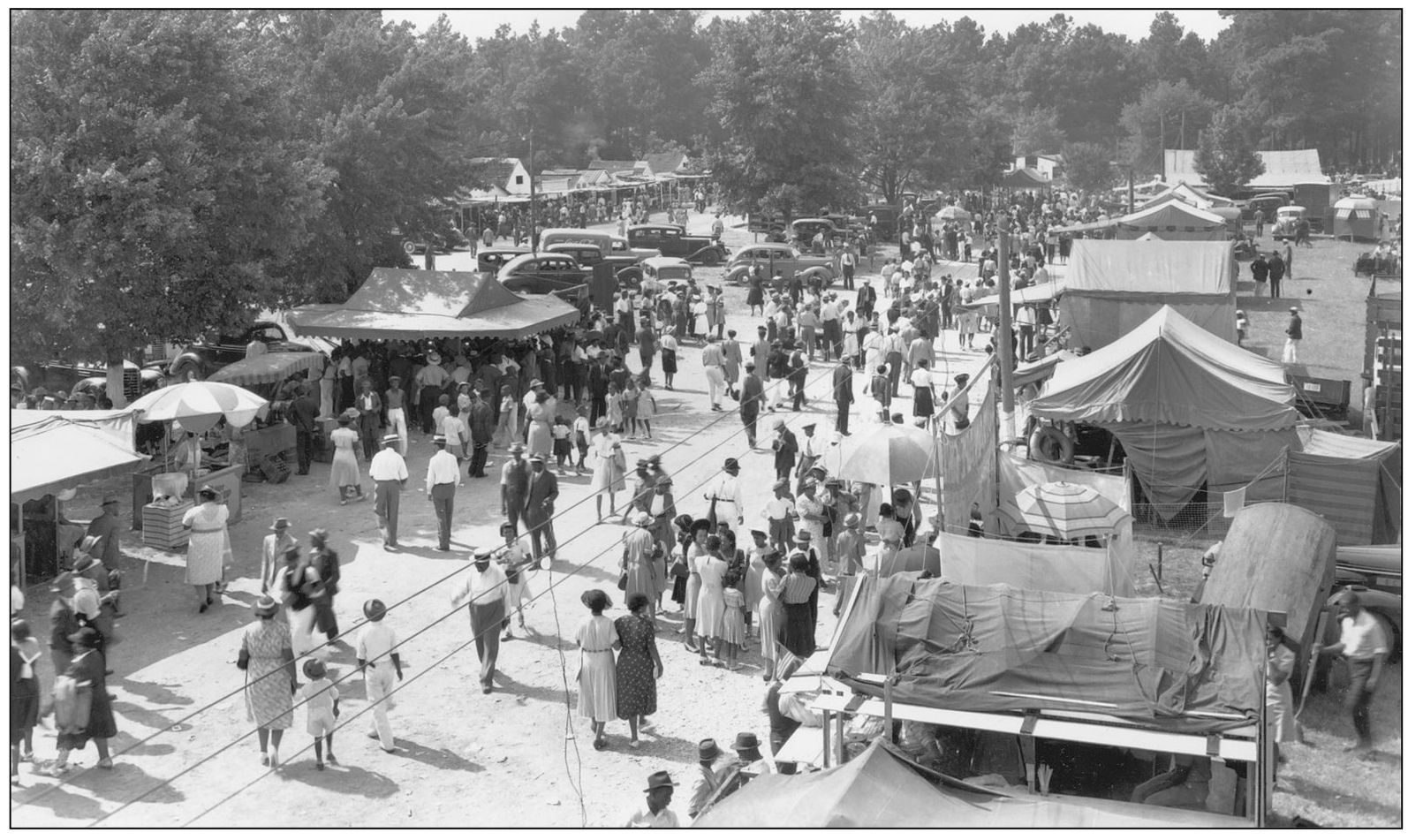
The Tasley Fairground was a short distance from the Tasley railroad station, so the fair drew crowds from well beyond Accomack County. The days of the fair were a homecoming occasion for many former county residents who had moved off the shore. The railroad made access easy, and as this c. 1940 photograph shows, many people enjoyed the exhibits, the food booths, and the occasion to see old friends. (Photograph by Everett “Licker” Edwards, courtesy of Jackson Edwards.)
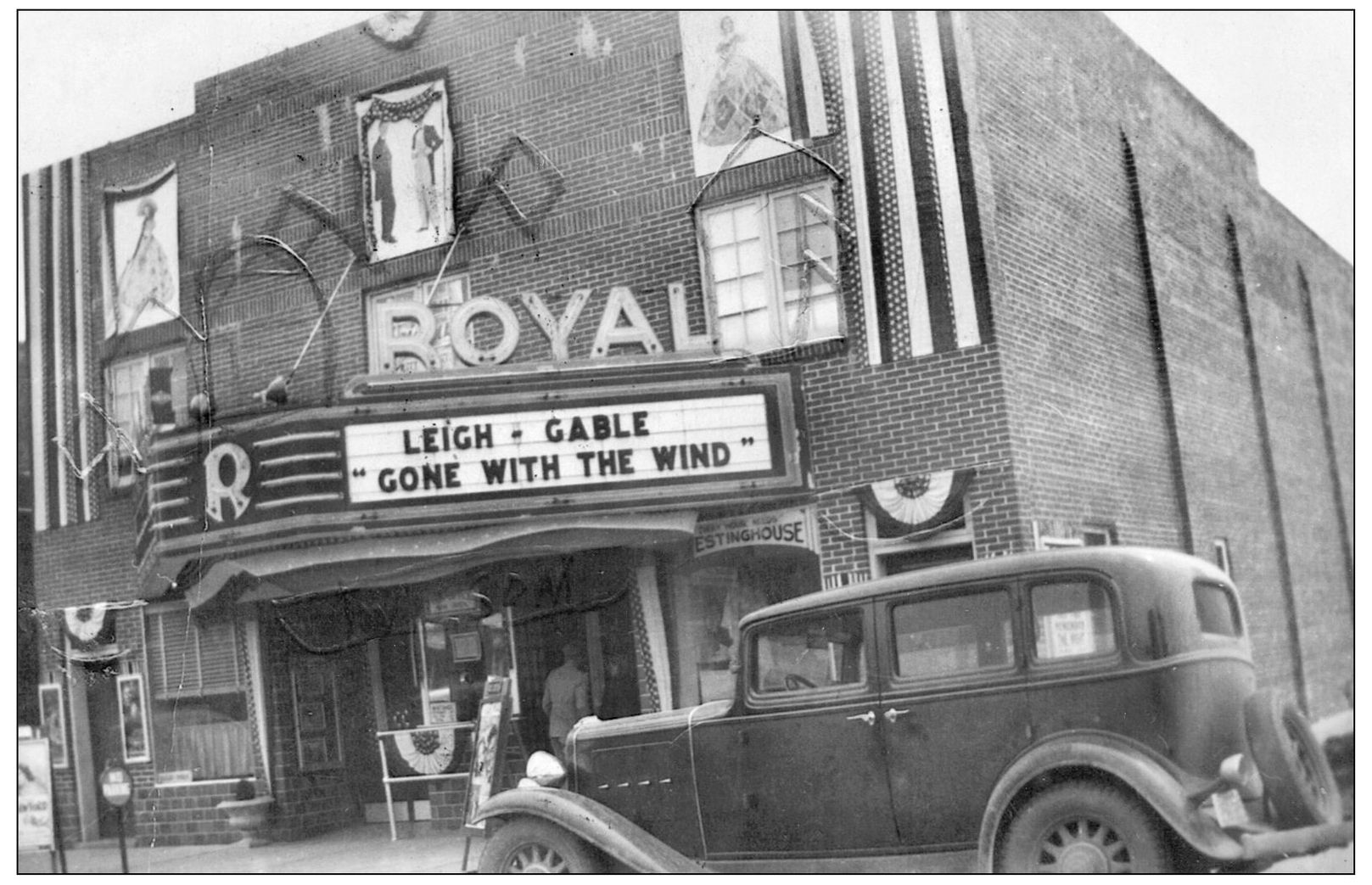
When the movies made their debut, many towns in Accomack opened theaters. One of the largest and most extravagant was the Royal in Parksley, which opened before the advent of the “talkies.” In addition to showing the latest films, the Royal also presented stage events and other programs. John Herbert Hopkins was the longtime proprietor. (Courtesy of Carl Thornton.)
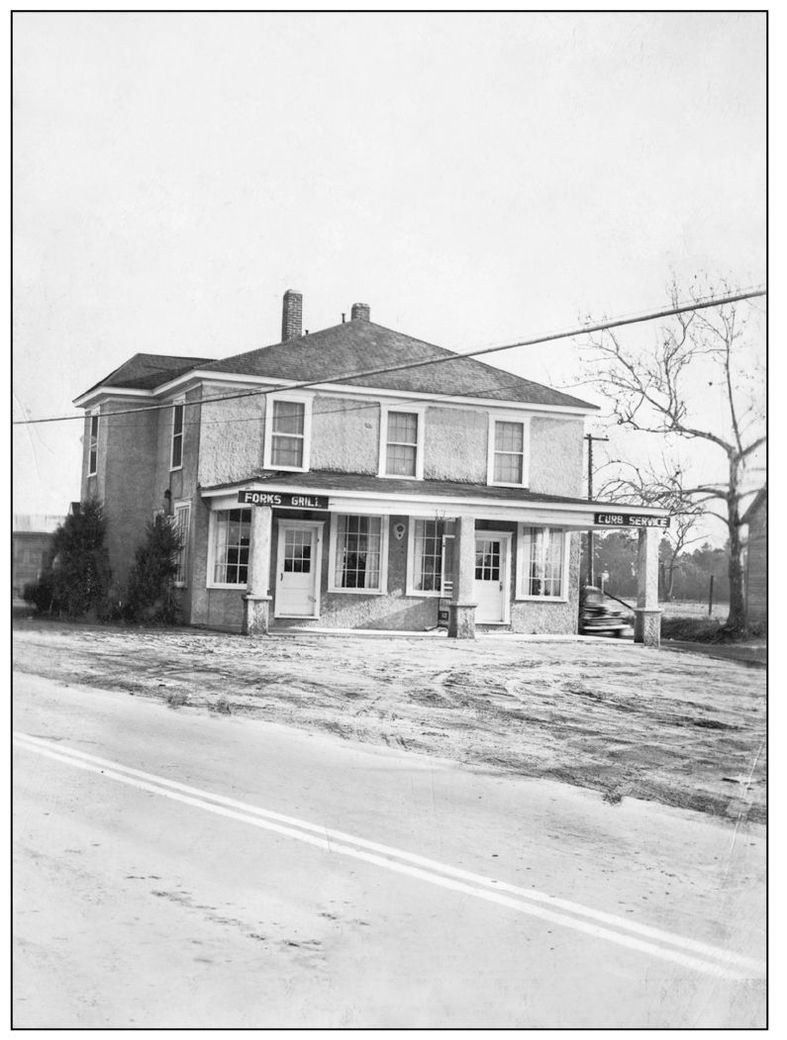
The Forks Grill was a gathering place in Onancock for nearly 30 years, serving cheeseburgers that many local people will say are the best they have ever eaten. The restaurant was especially popular among young people, and nightly cruises between the grill and the wharf were a rite of passage for many teenagers. The Forks Grill was started by Ralph and Lillian Turner in September 1947. Prior to World War II, the Turners had operated Turner’s Café at 8 North Street in town. (Courtesy of Don Dragan.)
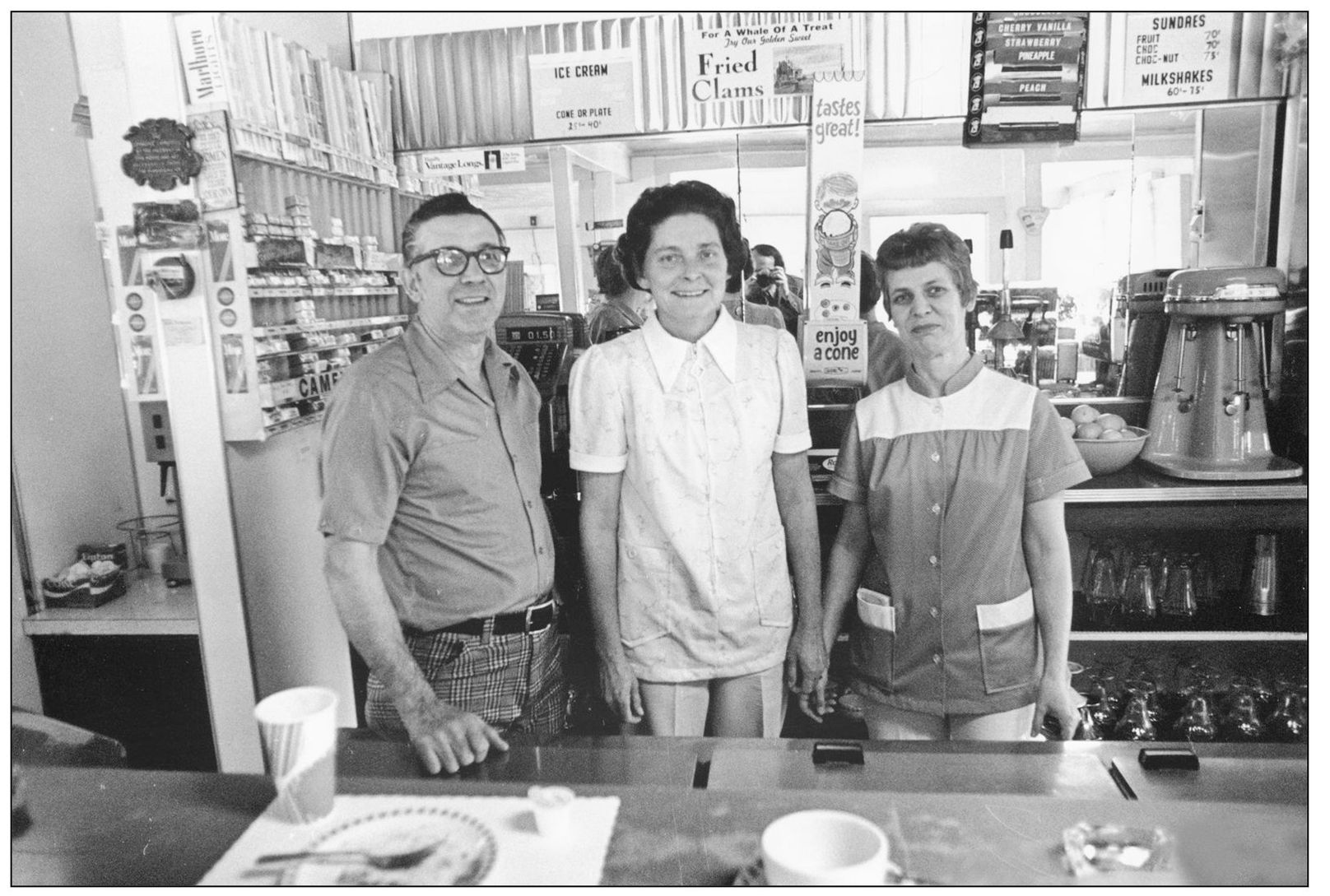
After the war, the Turners opened a restaurant in a former service station that stood in the forks of the roads leading to Tasley and Onley, hence the name Forks Grill. The Turners were joined in the business in 1948 by their daughter, Gloria, and her husband, Don Dragan, who had recently been discharged from the navy. The grill closed in February 1977 when the road between Onancock and Onley was widened to four lanes. Above, from left to right are Don and Gloria Dragan with waitress Norma Justis. (Courtesy of Don Dragan.)
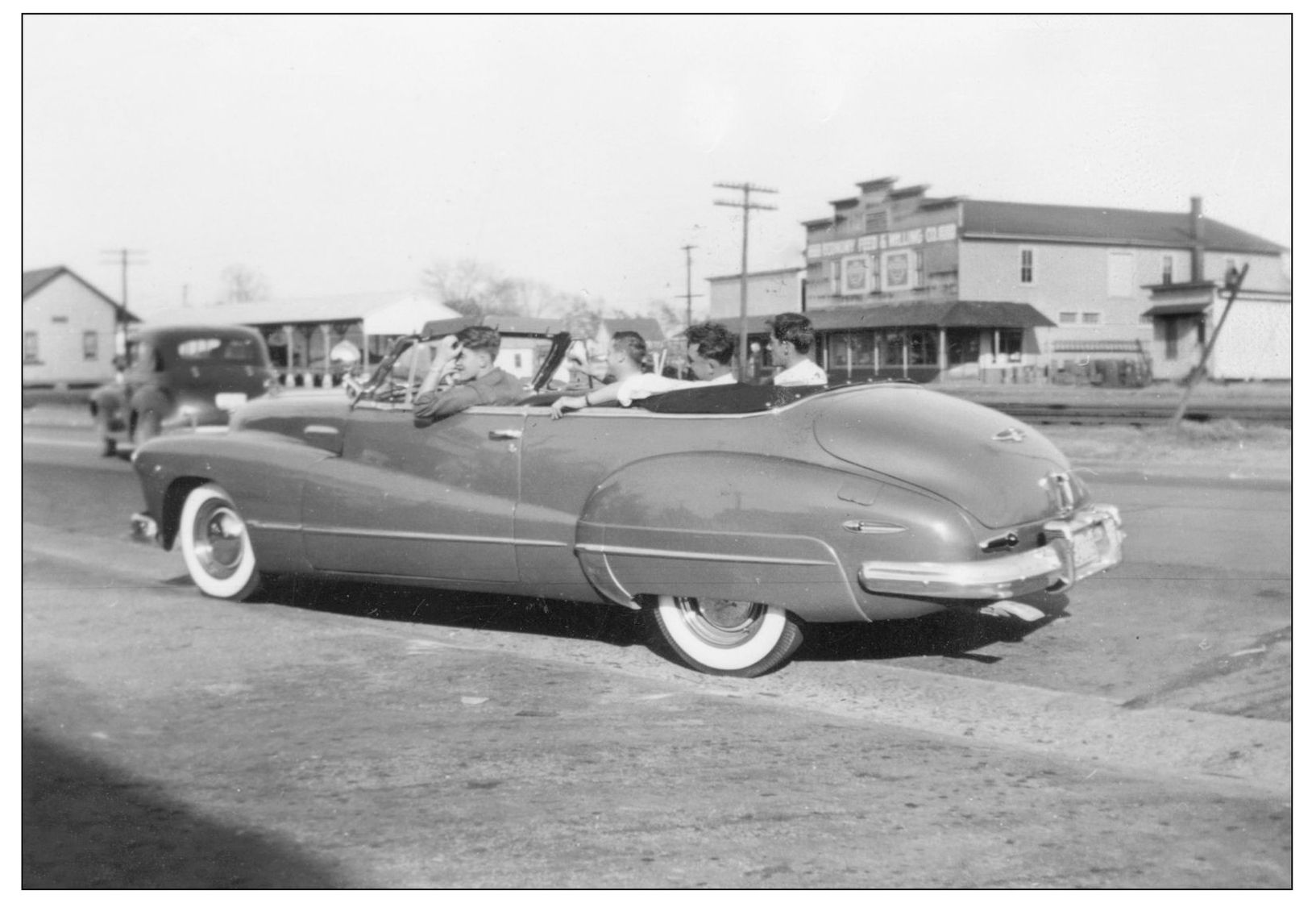
As in many communities, cruising was part of the culture in the 1950s and 1960s. The Forks Grill was central to that, with young people bringing their cars to show off a bit. This photograph, taken in Melfa, shows Bobby Marshall of Onancock with friends in his 1948 Buick Super convertible, likely headed for the grill. (Courtesy of Jack Marsh.)
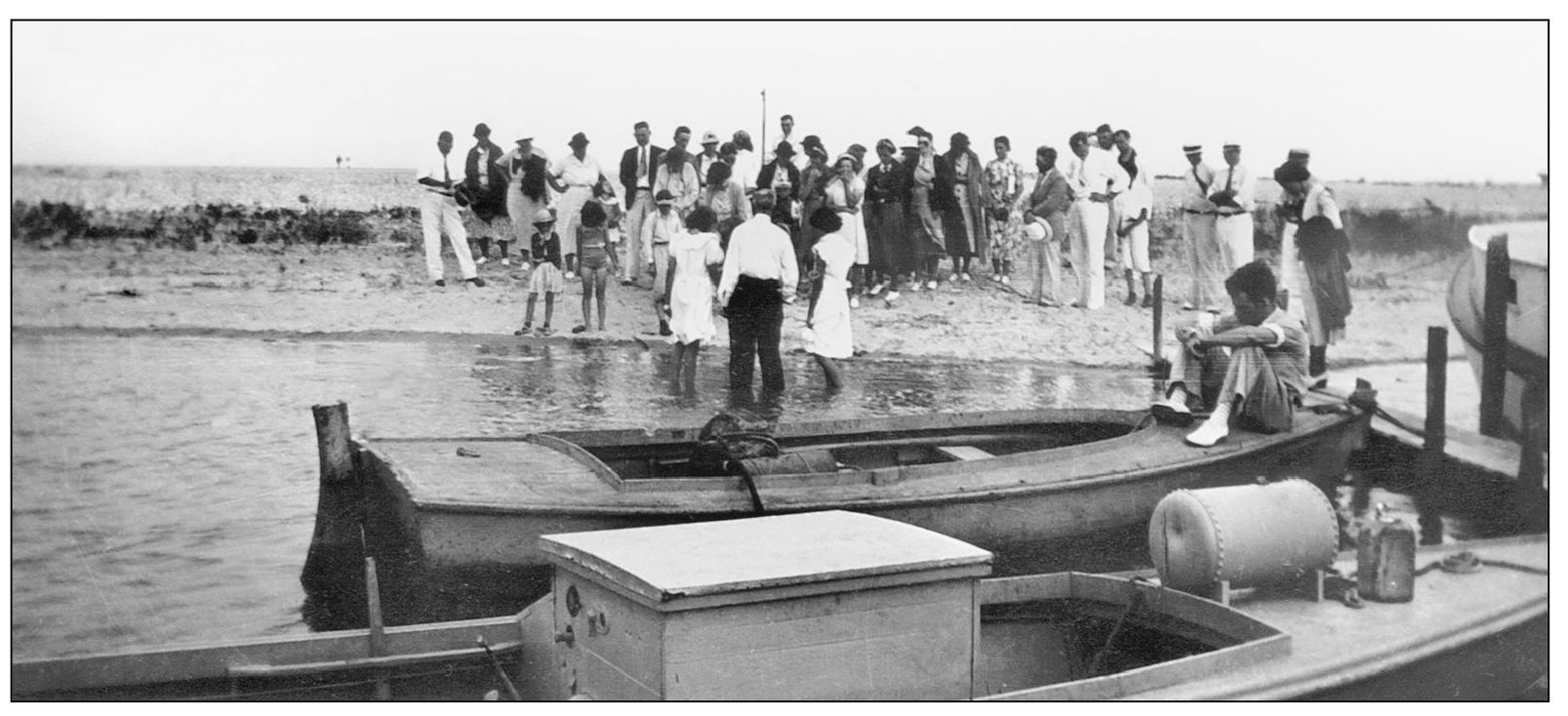
The church has always been part of the social life as well as the spiritual life of Accomack County residents. The occasion here was a baptism at Gargatha Landing in July 1937. Rev. John L. McCutcheon (center), pastor of the Modest Town Baptist Church, was baptizing his granddaughters, Jean and Joan Onley. (Courtesy of O. W. Mears.)
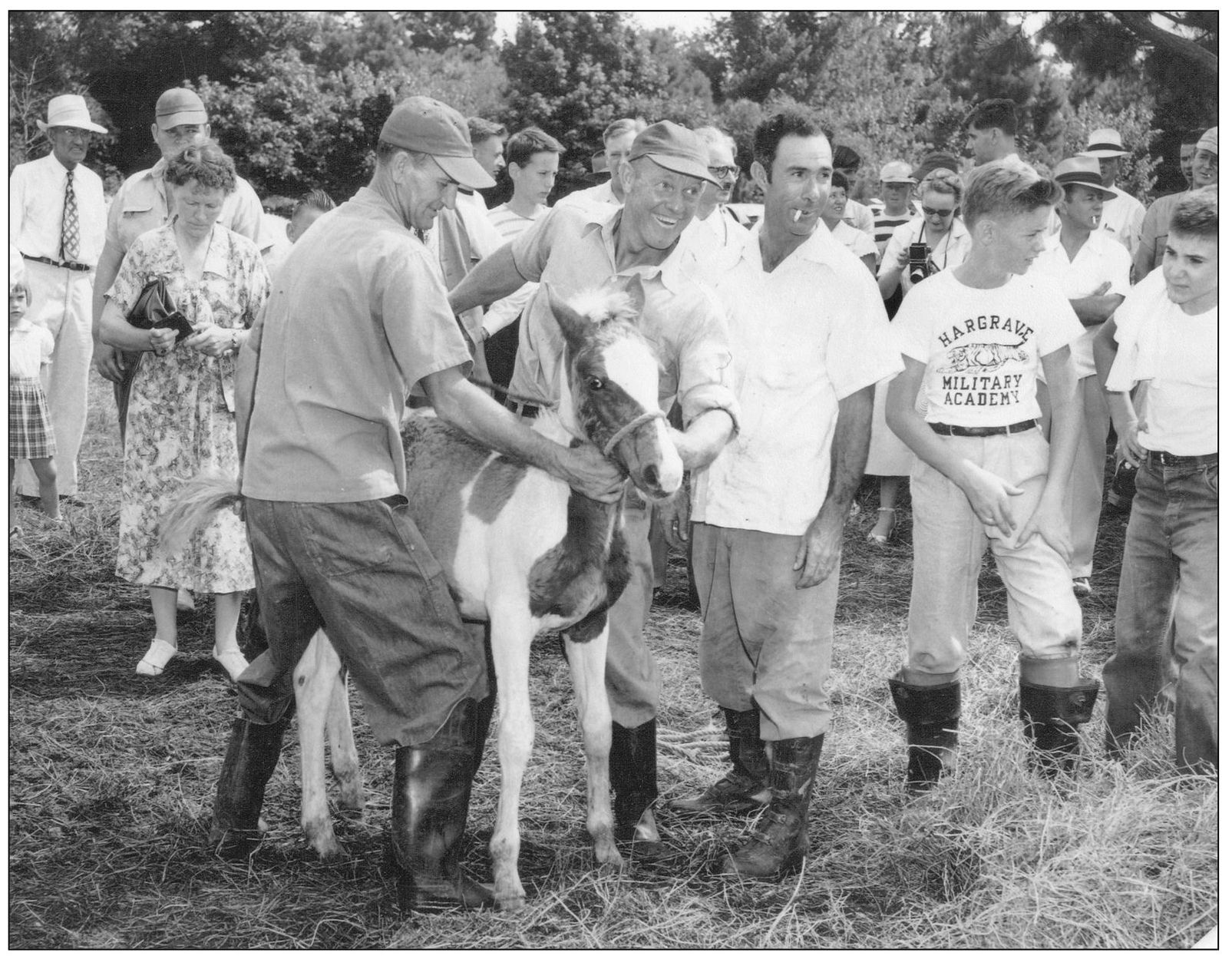
Chincoteague’s pony penning celebration began as a homecoming event for islanders in the late 1800s, and today it is one of the most popular annual events on the East Coast. Wild ponies are rounded up on nearby Assateague Island and make the swim to Chincoteague, where they are sold at auction to benefit the local fire department. (Courtesy of Dino Johnson.)
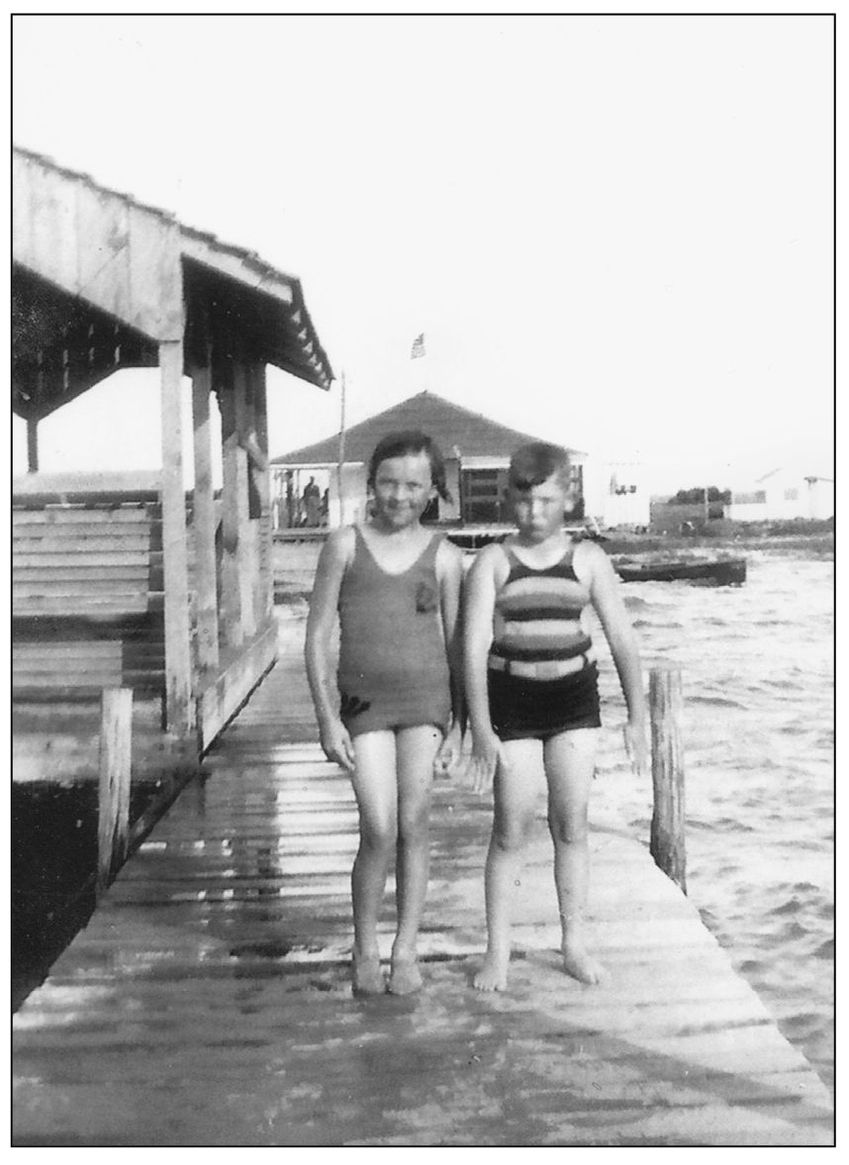
Guard Shore, on the bay west of Parksley, has been a popular local beach for generations. In the mid-1900s, there were food vendors, a covered stage for dancing and musical events, and even a boxing ring. Guard Shore is now owned by the state and is a Wildlife Management Area, but it is still enjoyed by swimmers and fishermen. (Courtesy of Carl Thornton.)
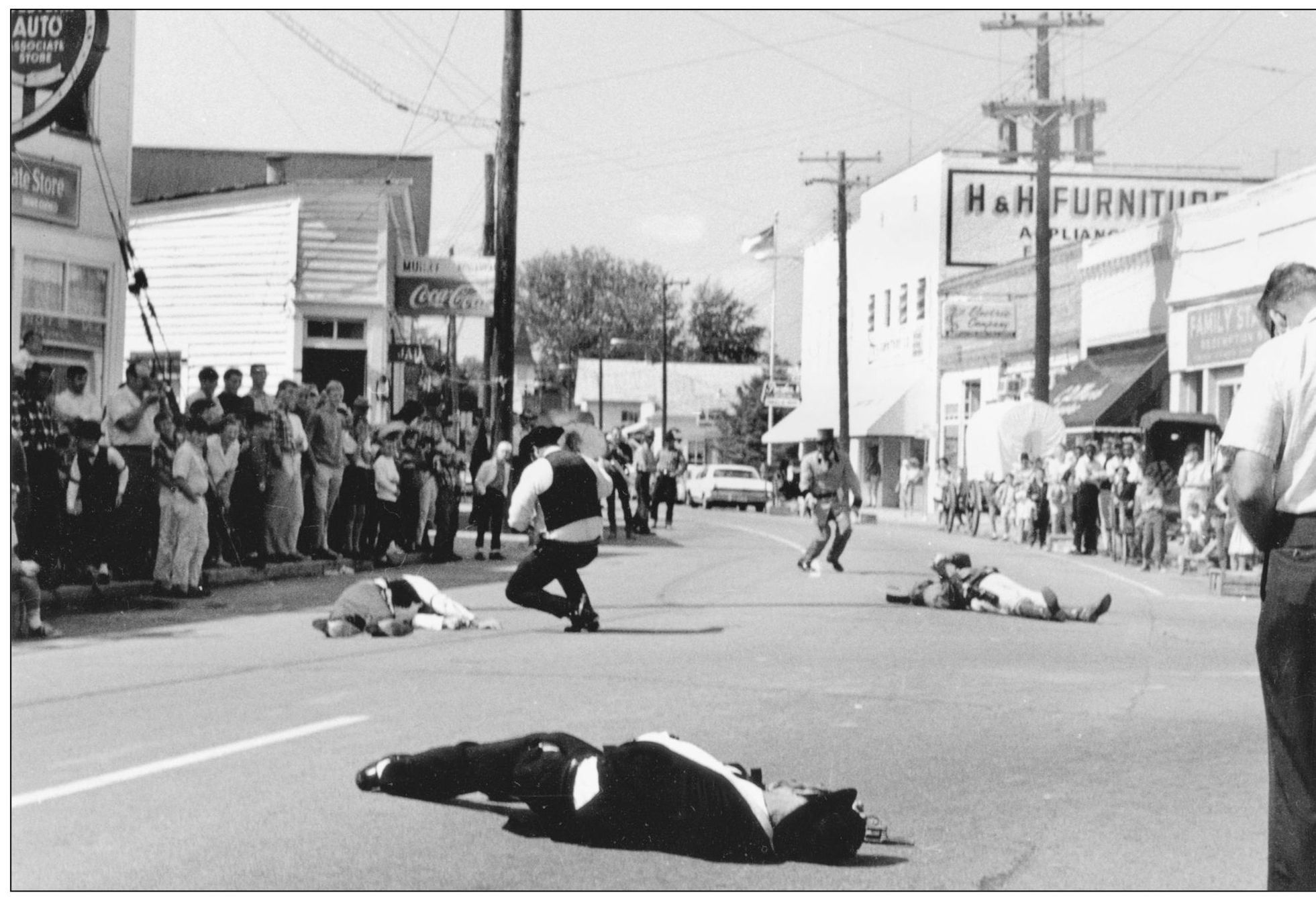
Is this murder and mayhem on the streets of Onancock? Not exactly. This was a staged shoot-out during the Old Timers Days celebration of 1965. Merchants, their employees, and town officials planned the event for months, the men growing beards and mustaches to achieve that period look. The town even built a covered wagon and displayed it on the grounds of Ker Place to help get that pioneer feeling. A few unnamed local students decided to decorate the wagon with a large “Class of 1965” message painted on the side. Not to be outdone, event organizers amended the message to read “Class of 1765.” (Courtesy of authors’ collection.)